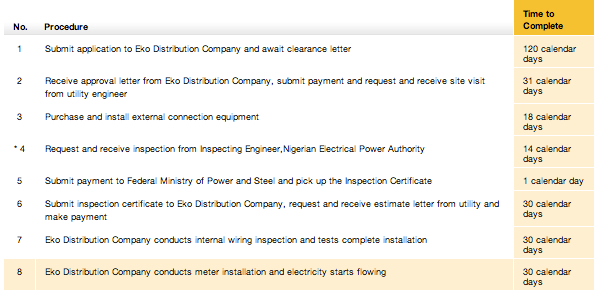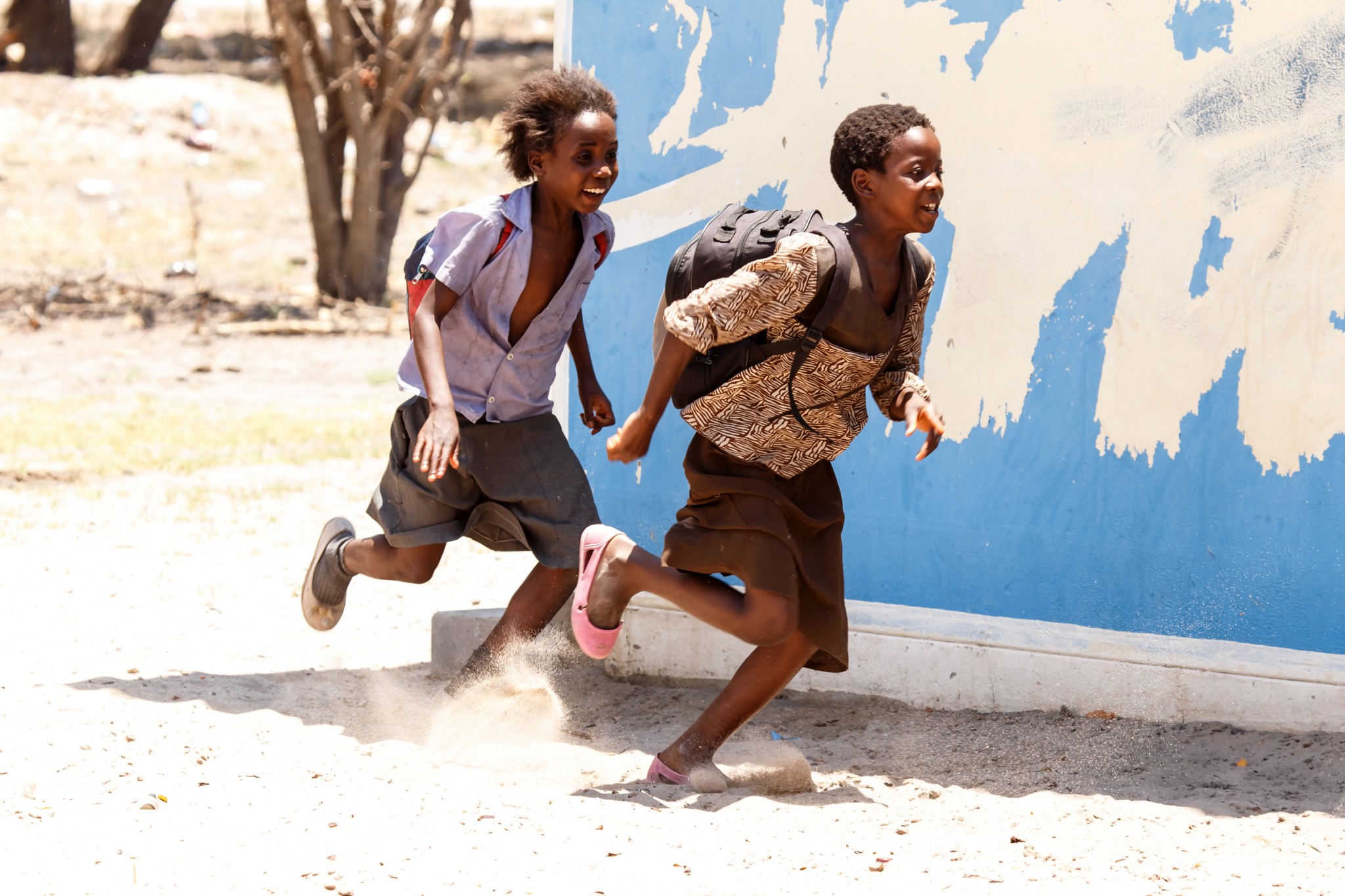With more than 40 African leaders in Washington D.C. for a conference that President Obama is attending, I wanted to return to our post on Americanah.
Where are we going? To a picture of African development.
In Chimamanda Adichie’s Americanah, we meet Ifemelu and Obinze. Representative of Nigeria’s upper class, they are a part of a story that takes the reader to Princeton, Yale, Philadelphia, Baltimore and London but always with a home base in Nigeria. Comments from the book’s protagonists about upwardly mobile Nigerians provide what I suspect is a glimpse of reality.
“We are just one step from this life in a slum, all of us who live air-conditioned middle-class lives.”
“Had it always been like this or had it changed so much in her absence? When she left home, only the wealthy had cell phones, all the numbers started with 090, and girls wanted to date 090 men. Now, her hair braider had a cell phone, the plantain seller tending a blackened grill had a cell phone.”
Ifemelu climbed out of the car and into the loud, discordant drone of generators, too many generators;…no light for the past week…can you imagine?”
“When I came back, I was shocked at how quickly my friends had all become fat, with big beer bellies. I thought: What is happening? Then I realized that they were the new middle class…They had jobs and they could afford to drink a lot more beer and to eat out…”
The Economist Intelligence Unit (EIU) tells us that the African middle class is growing:

And the African middle class is young:

Further confirming the potential for growth, African GDP stats were impressive this year (although we did do an econlife post on how they might all be inaccurate).

But then, checking the World Bank’s “Doing Business” Index, the low ranking of most African nations revealed the most challenging business environments. Looking at Nigeria, for getting electricity, enforcing contracts, and guaranteeing property rights—all basic to a thriving market—they were ranked among the lowest.
For example, when a business needs to establish an electrical power connection, the difference between Nigeria and Singapore is striking:
Nigeria: 260 days

Singapore: 36 Days

Our bottom line: A more accurate picture of African Development emerges when we combine statistics and stories.
Understanding African Development Through Stories and Stats

Elaine Schwartz
Elaine Schwartz has spent her career sharing the interesting side of economics. At the Kent Place School in Summit New Jersey, she was honored with an Endowed Chair in Economics. Just published, her newest book, Degree in a Book: Economics (Arcturus 2023), gives readers a lighthearted look at what definitely is not “the dismal science.” She has also written and updated Econ 101 ½ (Avon Books/Harper Collins 1995) and Economics: Our American Economy (Addison Wesley 1994). In addition, Elaine has articles in the Encyclopedia of New Jersey (Rutgers University Press) and was a featured teacher in the Annenberg/CPB video project “The Economics Classroom.” Beyond the classroom, she has presented Econ 101 ½ talks and led workshops for the Foundation for Teaching Economics, the National Council on Economic Education and for the Concord Coalition. Online for more than a decade. econlife has had one million+ visits.






I love the point you’re making here. It’s often just as useful to pay attention to the accounts of every day lives of people as it is to the faceless numbers of data. Although both can tell the same story, the impact of true life accounts can often feel far more deeply relevant. Numbers alone can’t magically transport us to the footsteps of another person.
It’s also a bit of a revelation you’ve given me: to realize that when reading novels (fiction and non), we are often unwittingly learning about economies and cultures.
Love it. Thanks.